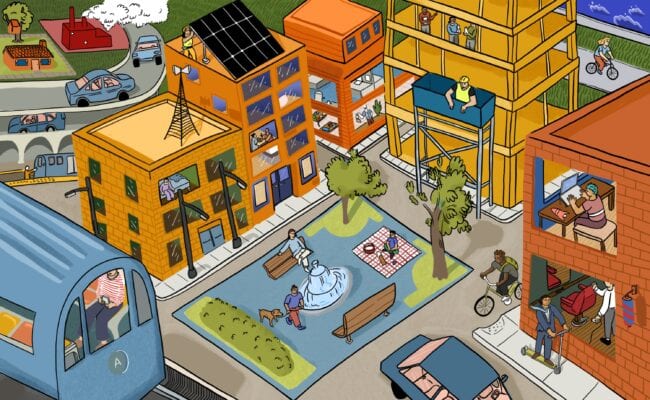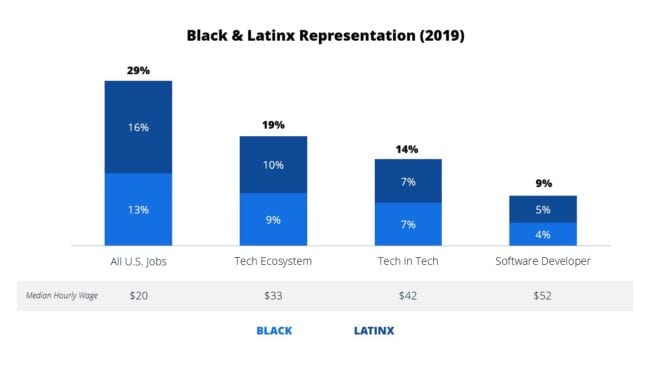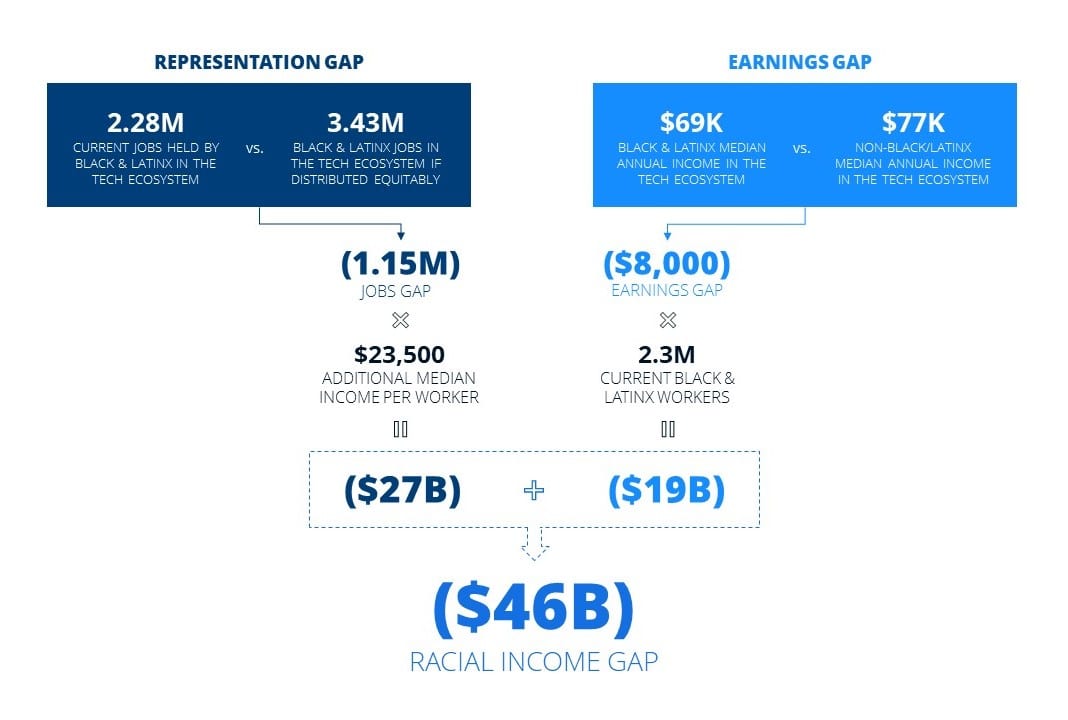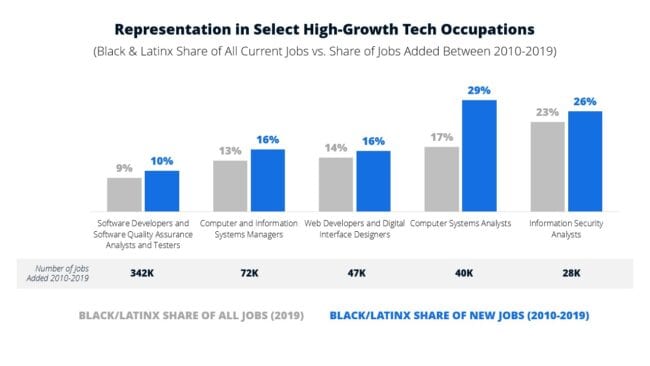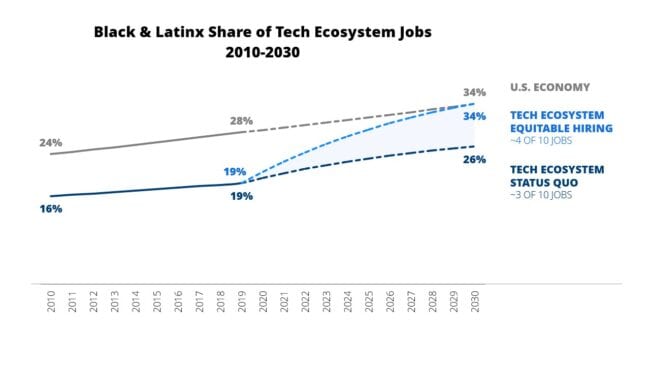Written by Dorraine Duncan and Bret Collazzi
Last month, the U.S. Economic Development Administration (EDA) announced six new programs that will invest nearly $3 billion in regional growth, economic recovery, and workforce development over the next five years. Funded through the American Rescue Plan and collectively known as “Investing in America’s Communities,” the programs vary in funding amounts, goals, eligibility criteria, and application timelines.
The below “cheat sheet” is designed to help communities assess which of the following six programs align best with local goals:
- Build Back Better Regional Challenge – $1 billion
- Good Jobs Challenge – $500 million
- Travel, Tourism, and Outdoor Recreation – $750 million
- Economic Adjustment Assistance – $500 million
- Indigenous Communities – $100 million
- Statewide Planning, Research, and Network – $90 million
For all programs, unless otherwise noted, funding can flow to any EDA “eligible entity,” which includes City, County, State, and Tribal governments, higher education institutions, Economic Development Districts, and nonprofits working in cooperation with governments, but not to individuals or for-profit businesses. All awards will be made no later than September 2022, and all funding must be spent by September 2027.
For definitive guidance on each program, review the EDA’s formal Notices of Funding Opportunity (NOFOs), available through the EDA’s program site. For help approaching these and other federal funding programs strategically, contact us at buildback@hraadvisors.com.
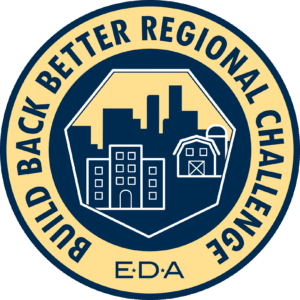
Build Back Better Regional Challenge ($1 Billion)
For more guidance on Build Back Better, see “5 Questions to Shape Your Build Back Better Regional Challenge Application.”
What are the program’s goals?
Reinforce America’s global competitiveness in industries that will shape the future economy; build and strengthen regional clusters that grow those industries; and create high-wage jobs that are resilient to future economic shocks and accessible to historically excluded groups. EDA will award up to $75 million per region to invest in 3 to 8 projects that accelerate growth in these industries and improve job access. Applications should demonstrate a true regional partnership (including across city/county lines and across sectors) and buy-in from local government, industry, and community partners around a shared vision for investment.
How much funding is available?
This is a two-phase program. In Phase 1, EDA will award 50 to 60 regions technical assistance grants of $500,000 to support project definition and coalition building. In Phase 2, EDA will award 20 to 30 regions $25 to $75 million each. EDA will fund 100% of TA costs during Phase 1, and up to 80% of project costs awarded in Phase 2.
What types of projects are eligible?
Construction and non-construction projects, including infrastructure, planning studies, entrepreneurship and workforce programs, revolving loan funds, and more.
You should apply if… You lead a regional partnership that has identified promising growth sectors and can identify at least $25 million of implementation-ready projects that can be delivered by 2027 to sustain long-term job growth and equitable economic development.
When are applications due?
For Phase 1: October 19, 2021, with finalists announced in December. For Phase 2: March 15, 2022.
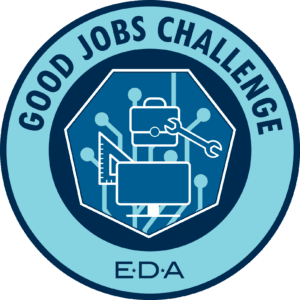
Good Jobs Challenge ($500 Million)
For support on Good Jobs Challenge applications, stay tuned for announcements from HR&A partner America Achieves, a national nonprofit focused on supporting regions with their applications to the Good Jobs and Build Back Better challenges.
What are the program’s goals?
Get Americans back to work by building and strengthening regional workforce training systems through sector partnerships. The program seeks to bring together employers who have hiring needs with entities such as colleges, labor unions, and nonprofit training providers that can help workers develop in-demand skills that lead to good-paying jobs. EDA encourages efforts to reach historically underserved populations and areas, communities of color, women, and other groups facing labor market barriers such as people with disabilities, individuals in recovery, and individuals with past criminal records. Applications should include firm employer commitments to hire, such through work-and-learn programs, apprenticeships, conditional hires pending successful training, and other employer commitments.
How much funding is available?
EDA will award $5 million to $25 million to 25 to 50 applicants. EDA will fund up to 100% of project costs.
What types of projects are eligible?
Proposals may fit into three workforce development phases: 1) System Development, including establishing sector partnerships; 2) Program Design, including assessing skills needs, developing curriculum for training, and recruiting trainers; and 3) Program Implementation, i.e. standing up programs that connect workers with quality jobs, including wraparound services.
Capital expenses, such as equipment and training facility leases, are permitted, but construction activities are not. Any workforce program that requires construction to be successful should apply to the Economic Adjustment Assistance program (see below).
You should apply if… You belong to a consortium focused on workforce training and development within target industries with high job growth potential.
When are applications due?
January 26, 2022, with awards made by July 2022.

Travel, Tourism and Outdoor Recreation ($750 Million)
What are the program’s goals?
Accelerate the recovery of communities that rely on the travel, tourism, and outdoor recreation sectors. Grants can be used for marketing, workforce training, and economic development to safely build back tourism activity, as well as infrastructure and workforce investments that diversify economies that rely too heavily on tourism.
How much funding is available?
Of the $750 million allocation, $510 million will flow non-competitively to States, territories, and the District of Columbia. The remaining $240 million will be awarded through Competitive Tourism Grants to non-State applicants. EDA expects to fund approximately 150 projects that cost between $500,000 and $10 million, although it will consider smaller and larger awards. EDA expects to fund at least 80% of project costs but may increase the federal share up to 100%.
What types of projects are eligible?
Marketing, infrastructure, workforce, or other projects to support the recovery of the tourism industry and economic resilience of the community in the future.
You should apply if… You are city, county, or nonprofit tourism-related entity whose economy relies heavily on tourism, has been impacted by the pandemic, and seeks to jumpstart local visitation. (States do not need to apply for their allocations.)
When are applications due?
Applications are open and will be awarded on a rolling basis. EDA encourages applicants to submit as soon as possible and no later than January 31, 2022.
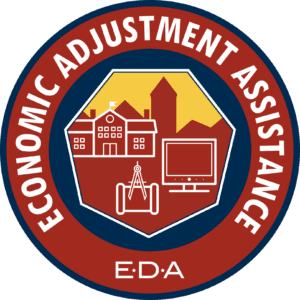
Economic Adjustment Assistance ($500 Million)
What are the program’s goals?
The Economic Adjustment Assistance program is EDA’s most flexible program with grants available for a wide range of projects that help communities plan, build, innovate, and put people back to work through projects that meet local needs.
How much funding is available?
EDA anticipates funding approximately 300 projects that cost between $500,000 and $5 million. As part of the $300 million Coal Communities Commitment, EDA will allocate at least $200 million (40%) to support coal communities. EDA expects to fund up to 80% of project costs, with discretion to fund up to 100%.
What types of projects are eligible?
A wide range of construction or non-construction related projects, including technical, planning, workforce development, entrepreneurship, revolving loan, and public works and infrastructure projects. Tourism-related projects are restricted to the Travel, Tourism, and Outdoor Recreation program.
You should apply if… Your organization has an innovative approach to put people back to work, support economic recovery, and lay the foundation for equitable economic development (and other EDA programs do not seem right for you).
When are applications due?
Applications are open and will be awarded on a rolling basis. EDA encourages applicants to submit as soon as possible and no later than March 31, 2022, to provide adequate time for review and award.
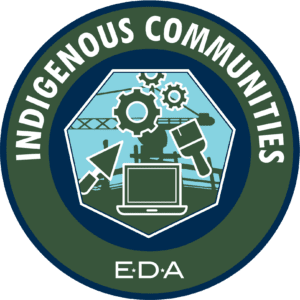
Indigenous Communities ($100 Million)
What are the program’s goals?
Support the needs of Tribal Governments and Indigenous communities that were disproportionately impacted by the pandemic. EDA will support these partners to develop and execute economic development projects that are needed to recover from the pandemic and build economies for the future. Indigenous communities are encouraged to apply for this and other EDA programs.
How much funding is available?
EDA plans on funding projects that cost between approximately $500,000 and $5 million. EDA will fund 100% of project costs and reimburse pre-award engineering and environmental costs.
What types of projects are eligible?
A wide range of construction or non-construction related projects, including technical, planning, workforce development, entrepreneurship, revolving loan, and public works and infrastructure projects. Unlike other EDA programs, this program can fund new community health and higher education facilities.
You should apply if… You lead an Indian Tribe, consortium of Tribes, or a nonprofit serving Native Hawaiians or other Pacific Islanders whose community has been severely impacted by the pandemic and seeks to invest in economic recovery and development.
When are applications due?
Applications are open and will be awarded on a rolling basis. EDA encourages applicants to submit as soon as possible and no later than March 31, 2022, to provide adequate time for review and award.
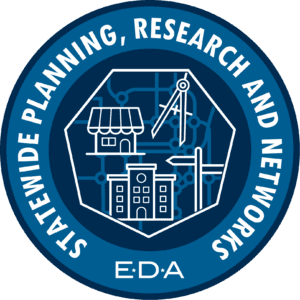
Statewide Planning, Research and Networks ($90 Million)
What are the program’s goals?
The goals are three-fold: 1) to support Statewide Planning that will promote equity and develop resilient economies; 2) to Research the effectiveness of EDA’s new slate of programs; and 3) to develop Networks & Communities of Practice that support EDA program goals and grantees.
How much funding is available?
Of the $90 million, $59 million will flow non-competitively to States, Territories, and the District for Planning Grants $31 million will be awarded competitively for Research and Networks Grants available to any eligible entity. Research grants are expected to range from $200,000 to $600,000, and Networks Grants are expected to range from $2 million to $6 million. EDA will fund 100% of project costs.
What types of projects are eligible?
States can undertake a variety of planning activities, including developing economic development plans, analysis of the needs of persistent poverty communities, hiring disaster recovery coordinators, or statewide broadband data collection. Research Grants should propose real-time research and evaluation of the Good Jobs Challenge, Build Back Better Regional Challenge, Indigenous Communities program, and the Travel & Tourism program. Networks & Communities of Practice proposals should seek to develop sustainable national networks for existing and future EDA grantees or develop a Community of Practice around EDA program grantees, Coal Community grantees, or other areas of need.
You should apply if… You have the expertise and capacity to either evaluate EDA’s new programs or to develop national communities of practice to support equitable economic development. (States do not need to apply for their allocations.)
When are applications due?
Applications for Research and Networks Grants are open and will be awarded on a rolling basis. EDA encourages applicants to submit by October 31, 2022.
